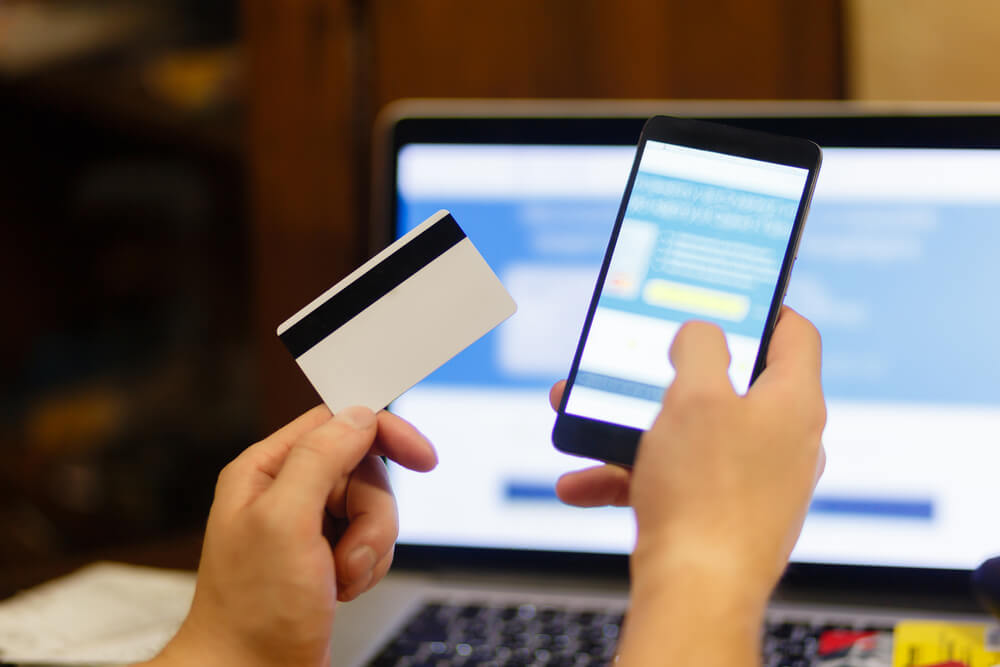There are certainly advantages to having a safe and secure way to purchase things online, especially when living in remote locations, or to ship things to your service member when they are away, but at what point does it become a problem?
In a December 2016 study conducted by Pew Research, 79% of U.S. Americans shop on the internet, either from their home computer or their phone. By comparison, in 2000, it was just 22%. Ease is sited as the reason so many people shop online, and it’s certainly something military families can agree with. Time is not something military families have in droves and when you move from place to place, it’s hard to find everything you want in one store.
My love for online shopping
I’m not a person who enjoys shopping — I prefer to shop online for everything and anything. It gives me the ability to research prices, shop (relatively) uninterrupted by children and salespeople, and it also allows me to reduce the amount of time I spend shopping.
When we lived in a more remote location, I would use Amazon to buy basic things, like toilet paper and dog food that I couldn’t always find at the commissary, as it would save me a trip off base. Some may consider that lazy, but when it came down to the time spent in the car, the gas, the frustration of kids in car seats and the often- added impulse buys, I actually saved money.
Now that we PCSed somewhere that has online grocery ordering, I’ve been able to save at least $100 a month by ordering my groceries online. While online shopping doesn’t work for everyone or everything, it’s a great way to simply some parts of life.
More options to pay
I recently noticed that Google Chrome saved my credit card information on my computer. So the next time I go to purchase something, it will autofill everything except my security code. While this is helpful for me (cuts down on having to go get my wallet each time) it can also have a downside, as it can enable impulse buying.
With sites like PayPal and Amazon making it so easy to purchase with seemingly minimal immediate effect, those who struggle with spending are struggling even more. And while it’s easy to hide or destroy credit cards, it’s harder to remove the saved information from a website.
Do you remember the last time someone asked you “cash or credit?” Me either. It is always “debit or credit?” and if you say cash, it throws them off their game. In 2016, a payment processor asked 1,000 consumers their preferred payment method. The results weren’t surprising as only 11% preferred cash. Paying for things in cash made for a finite end to spending. No cash? Then no purchase power.
Credit cards make it easier to spend money you don’t have. We all know this, but with the increase of programs like Apple Pay and Google Wallet, technology is once again out to make our life easier in the present, not necessarily in the future.
Just beware of possible security breaches and the inherent risk in having all of your account information stored in one electronic place.
The Bottom Line
The average American has more than $16,000 in credit card debt, which means most of us really don’t need to do anymore shopping online. Before embracing all the new technologies, do consider the ways in which technology can help and hurt your financial future.

